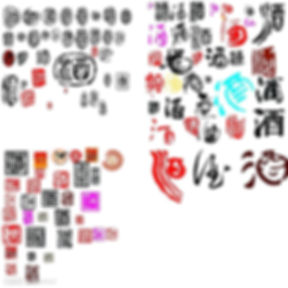Le Petit Haut Lafitte 2013

Medium ruby core, tight violet rim. Blackcurrant and red cherry with plums and turned black earth aroma. Rich in its own right, the 2013 has adequate structure with soft tannins and a juicy finish.
Composition is 55 % Cabernet Sauvignon and 45% Merlot, so, compared to its sibling Haut de Smith(also second wine) its palate is simple, classic and easier to understand. Output is small as production is only 33l/ha, so there is reasonable intensity. Ageing is in used barrels for 14 months, so there are some complexities.

Le Petit Haut Lafitte 2013 is vinified and aged with the same care as the batches that will become the first wine. Despite being a second wine, however, Le Petit Haut Lafitte 2013 is juicy because of the following reasons:
full handpicking their fruit
use of small trays with specially designed ergonomic hods holding onto these trays until they are brought to the trailer, which allow the fruit to avoid breaking their skins before they arrive at the reception center for vinification.
use of 2 sorting after destemming ensure ripe and fresh fruit.

After sorting and pre fermentation cold maceration, the grapes are whole berry fermented in 30 large, temperature controlled, oak vats that range in size from 60 hectoliters up to 120 hectoliters, hence fruit still shines much for this second wine. Malolactic fermentation takes place in a combination of new, French oak barrels, older barrels and vats. All wine is moved by gravity, hence the palate is smooth and and not rough at all. The wine ages on its lees for the first few months of aging to increase complexities. produced each vintage.
Even for this second wine, grapes are whole bunch fermented, no skin contact or malolactic fermentation. Vinification takes place in French oak barrels. The wines are aged on their fine lees for 12 months with stirring.

Famous consultants Michel Rolland and Stephane Derenoncourt are employed.
Le Petit Haut Lafite 2013 of course uses younger vines. Yet the vines are already good enough to generate good fruit and intensity. The vineyard are planted to a vine density ranging from 7,500 vines per hectare to 10,000 plants per hectare. Newer plantings are at the higher level of density.
Vineyard is organic and self sustainable. In fact, much of the farming techniques employed are with an eye to biodynamic farming techniques. Feasibility of new method has been looked into, such as vinifying Merlot with their grape skins intact.
2013 is a diffciult year, so maximium care has got to be done for protecting the fruit quality and wine balance.
We believe there is no specific requirement for full decanting. The First Wine is a JS92; this second wine is awarded JS88.






















